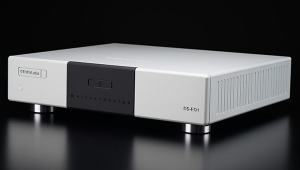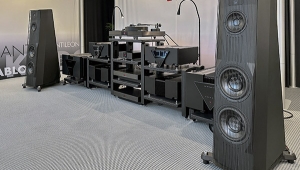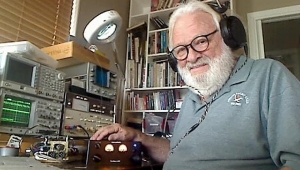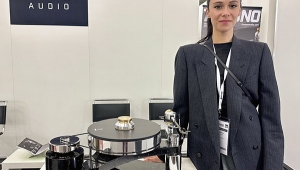| Columns Retired Columns & Blogs |
Spin Doctor #10: Tone Controls, Vinyl EQ Curves, and the Mola Mola Lupe Phono Equalization Curves
Sidebar: Another Way of Thinking About Phono Equalization Curves
RIAA Curves were discussed in detail in Keith Howard's 2009 Stereophile article "Cut and Thrust: RIAA LP Equalization."
In an ideal world, lacquer cutting would be done such that all frequencies take up the same amount of space. That way, all the grooves could be made to be an optimal size so that neither lows nor highs suffer from avoidable cutting-induced distortion—hence the idea of reducing bass and increasing the treble when the record is cut.
Like most (but not all) phono cartridges, a cutter head is a velocity-sensitive—not magnitude-sensitive—device, as a result of which a flat-frequency signal results in grooves in the lacquer that get smaller with increasing frequency, at a rate of 6dB/octave.
To perfectly offset this effect, pre-emphasis should be applied with a steady 6dB/octave rise throughout the audible range. That, though, would require 60dB of gain at 20kHz, which is quite a lot, so a different pre-emphasis curve was used instead. The curves adopted were less ag- gressive, including the RIAA curve, which is flatter than 6dB/octave below 100Hz and near 1kHz and requires a more manageable 40dB of relative gain. As long as the recording curve and playback curve are the inverse of each other, we end up in the same sonic place.
For more on the technical side, the universal adoption of RIAA, the International Electrotechnical Commission's out-of-left-field, playback-only infrasonic "fourth pole" from 1976, the Neumann ultrasonic time constant, and other phono-EQ controversies, read Keith Howard's excellent article.—Jim Austin
- Log in or register to post comments




































